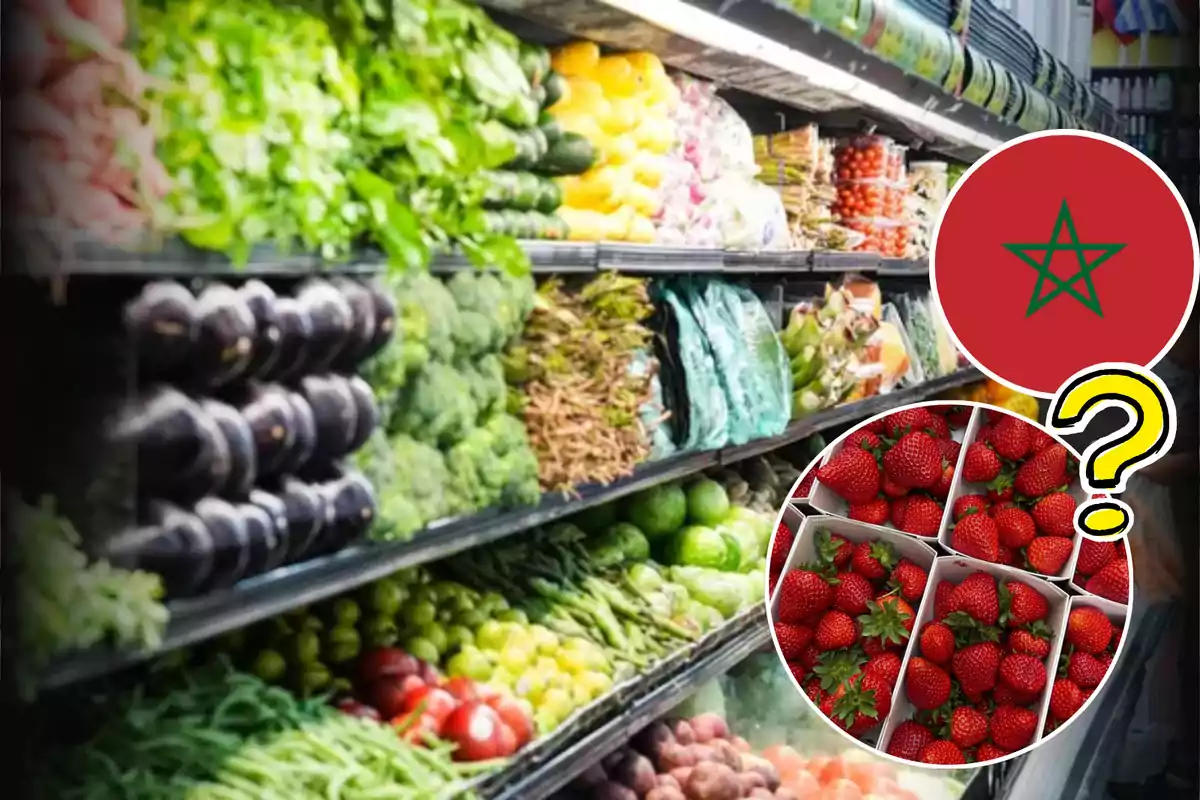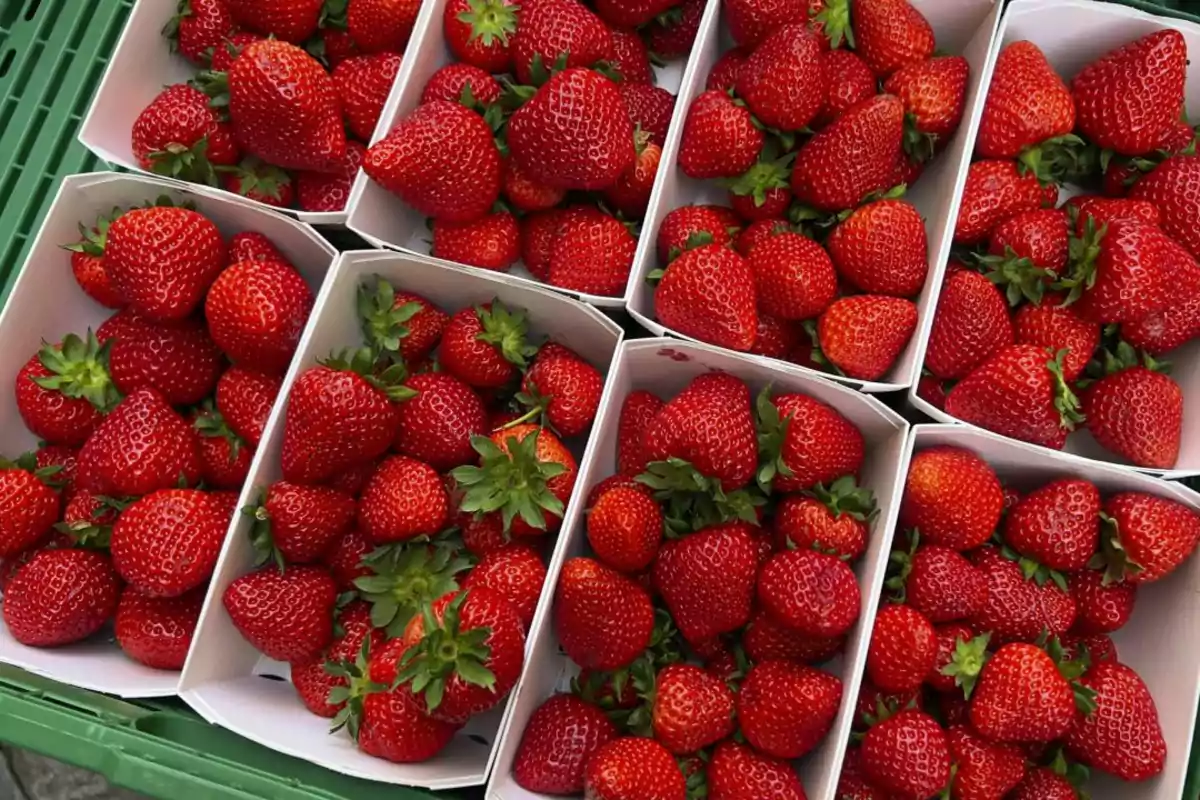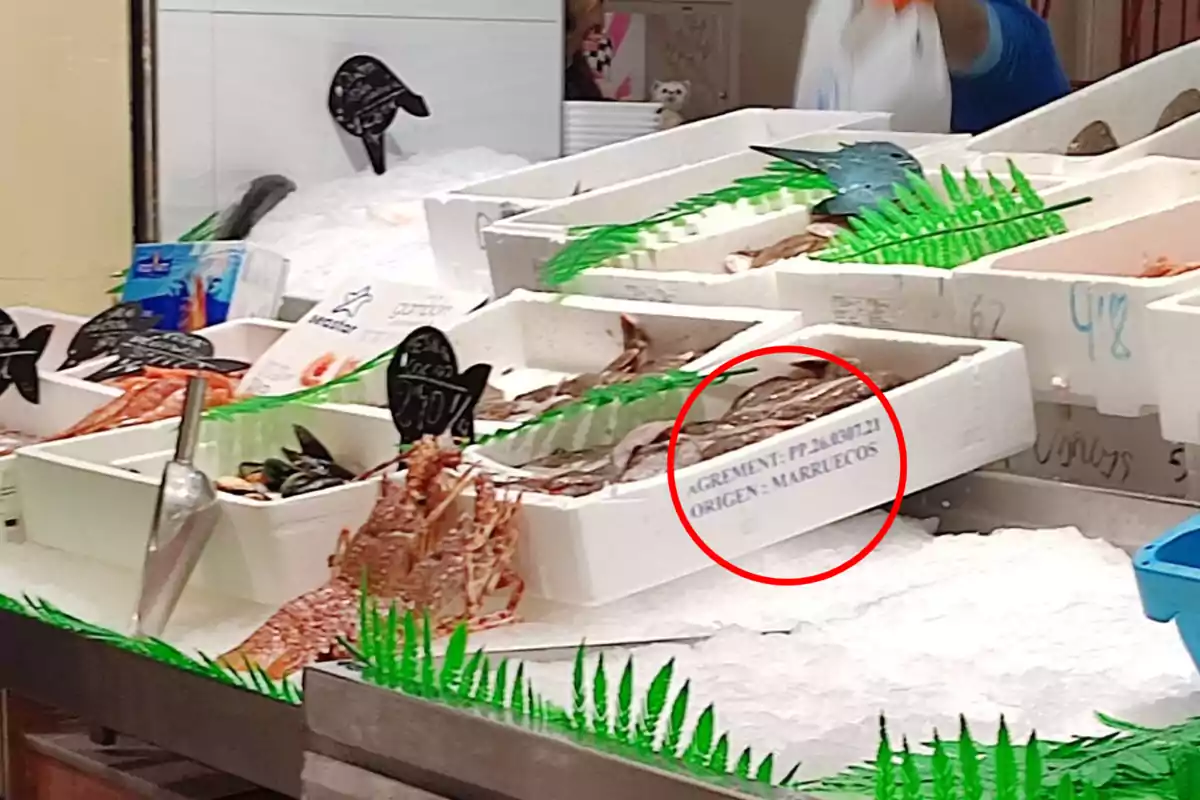
This Is the Trick to Know if Strawberries Are from Morocco or Are Nationally Produced
People fear buying strawberries of Moroccan origin after the hepatitis 'A' outbreak several months ago.
Amid concerns about the origin of strawberries following the detection of Hepatitis A in some batches months ago, a method emerged for consumers to verify their provenance.
This trick was presented on the program La Mirada Crítica de Telecinco, where the available tools to verify the country of origin of products were explored.

During the broadcast, the program's team visited a fruit shop and explained that the key to identifying the origin of strawberries lies in the EAN code. It is a number printed on the barcode. This labeling system provides detailed information about the origin of the merchandise, although it is necessary to know how to interpret its structure to use it correctly.
The Barcode, the Key to Identifying the Origin of Strawberries
The EAN code, present on product labels, allows consumers to know their country of origin through its first digits. Generally composed of 13 numbers, although in some cases it may have 12 or 8. This code works similarly to a postal code, assigning a specific combination to each nation or region.
According to the program La Mirada Crítica, Spain is identified with the prefix 84, while products from Morocco carry the code 6111. With this information, buyers can easily verify where strawberries and other products come from by checking the barcode on the packaging.

Massive Boycott on Social Media Against Moroccan Fish
Products brought from Morocco to Europe have sparked an entire movement against them, which has been capitalized on by European farmers and ranchers, who are the most affected. This is due to the unfair competition that exists between European and Moroccan producers. The stark difference in the quality of food from the Maghreb country and the Europeans has sparked a wave of boycotts against any Moroccan product in Spain.
This weekend, another boycott campaign began following the publication of the sale of Moroccan-origin fish in a market in Seville.
Fish seen at the Pino Montano Market (Seville).
You should start getting serious about this and not buy imported trash from Morocco, which also includes pieces of illegal sizes.
Meanwhile, fruits and vegetables from Morocco are becoming a problem for Spanish farmers and also contain harmful chemical residues.
This is an issue that you should all discuss with your elders, who are the ones buying this junk without having a clue.

The outrage of people over the sale of Moroccan products in Spain is palpable. Leaving aside the poor quality that products from the North African country may have, people focus on national production. It highlights the damage that the sale of these foods does to Spanish producers who have better quality food.
More posts: